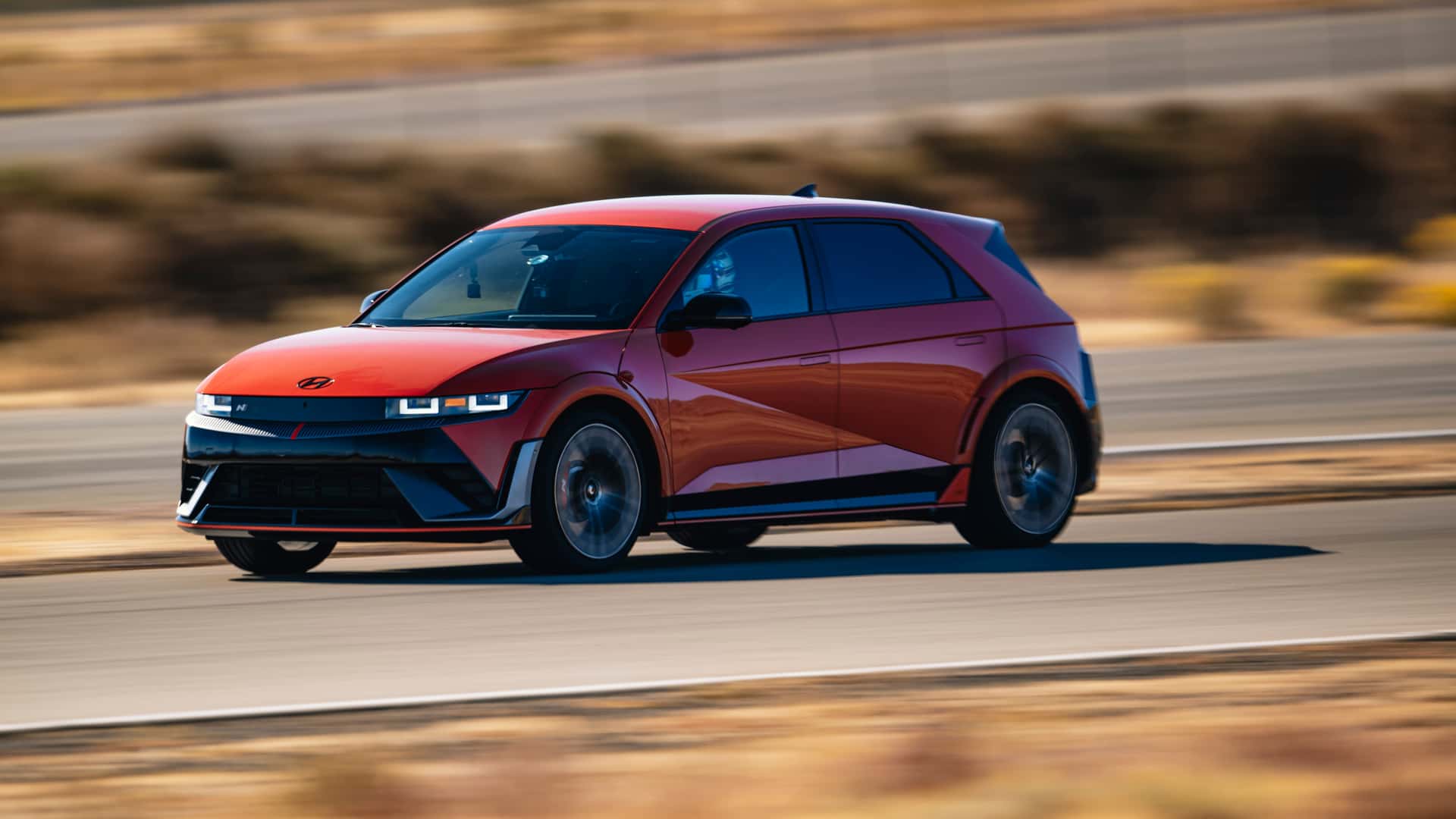My advice for people concerned about long-term battery health is simple: don't think about it. It's not going to be a problem with an EV made in the last 10 years. You're more likely to have a single cell fail, and those can be individually swapped. If, after a decade of ownership, you want more capacity, history has shown there will be options for aftermarket upgraded packs (see: BMW i3s from 2014 getting new packs from China that have triple the original capacity). Heck, you could probably upgrade an early-model P2 with a pack pulled from a newer vehicle (they're $5k on eBay right now). There's already instructions on VIDA on how to make the software changes an old car handle newer-chemistry cells if they're replaced.
The things that will degrade Lithium-Ion batteries faster:
High temperatures
Charging to 100% and leaving it there
Discharging to 0% and leaving it there
These aren't an issue for regular people.
High pack temps are a non-issue in EVs due to them all having aggressive thermal management systems. Even if I'm only charging at 50kW in the springtime, come back after 20 minutes and those fans will be pushing so much air. Originally everyone thought that frequently fast-charging EVs would lead to faster cell degradation due to increased current, but over a decade of real-world experience has shown that any differences are marginal at best.
Charging to 100% is infrequent for most, and even then, you'd need to leave it there for a long time to have any effect. This guidance is primarily for people who charge at home, given that most people only will use 20-30% of their battery capacity daily then plug in at night, so there's much more wall-clock time that they could sit at 100%.
Discharging to 0% can kill a battery pack, so just… don't drain it then go on a monthlong holiday.
Some guesses about incorrect battery lore:
Nissan took a gamble on passive-cooled batteries in 1st-gen Leafs, and that didn't work out. They were the first mass-market EVs, so they had the first news articles about EVs with battery problems.
Conflating Lithium batteries with NiMH/NiCad. Your dad's power drill needed to be fully discharged/recharged to avoid the "memory effect". Their Lead-acid trolling motor battery couldn't be discharged beyond 50% or else you'd wreck the capacity.
Smartphone batteries – they usually have different cell chemistry to maximize volumetric capacity at the expense of long-term durability. They're charged to 100%/discharged to 0% on an almost-daily basis, and don't have an active thermal control system to keep the batteries cool when they're charging/left baking in direct sunlight





